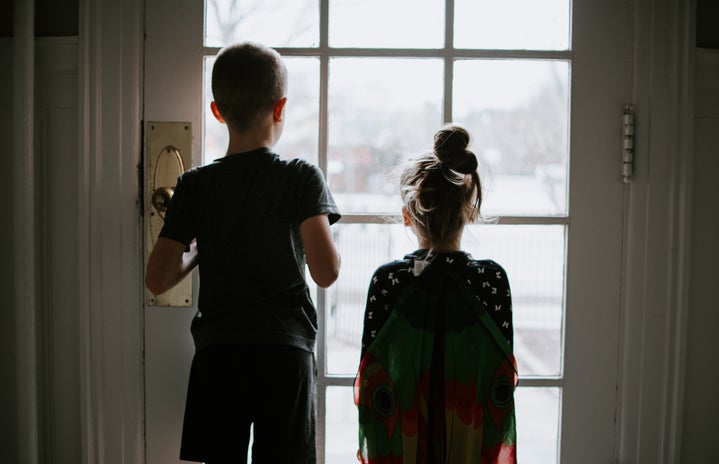Family vlog channels are all the rage, especially on platforms like YouTube and Instagram. In their videos or clips, parents film their children living their daily lives, including intimate moments like illnesses and bath time. Often gathering millions of views, privacy is completely disregarded, as children are forced to constantly “perform” for the camera.
Along with facing large amounts of financial pressure, children in vlogging families also face extreme psychological damage. Exposed to hate and negativity before they even understand their own emotions, these children face the pressures of stardom without ever having a choice. Many times, children shown in family vlogs are even homeschooled to maximize content, stripping them from normal childhood experiences and centering their lives around the camera. With nothing else to do but be filmed, these children miss out on moments crucial to their development, causing many psychological issues.
Not ever as perfect as they seem, family vloggers portray an image of domestic bliss while hiding their truth of instability. Popular family vloggers, The Ace Family, for example, were once renowned for their seemingly “perfect” family and parenting. Once multiple cheating and assault scandals about them were leaked, however, their image of perfection was shattered. Although some of their 18.5 million followers rushed to their defense, many viewers now see them for what they are, irresponsible adults exploiting their children for selfish benefits.
Click baiting their audiences with illusions of illnesses or harm inflicted on their young children, family vloggers are often dishonest when it comes to their content. Putting highly edited and out of context images of their children as the thumbnails of their videos, vloggers use the shock value to gather views, often hinting at a tragedy that is exaggerated to the point of dishonesty. One of the top users of this exploitative technique is “The LaBrant Fam,” on YouTube, as they often clickbait viewers with images implying distress on their young children. While scrolling on their channel’s homepage, it is apparent that every single video that they have ever published is of their children, with dramatic titles and edited pictures of their faces. Accused of faking tragedies like house fires and burglaries, The LaBrants continue to push boundaries, disregarding any concerns from the public about their children’s privacy.
As consumers of internet content, how can we protect children in these situations? The simple answer is to be mindful when watching videos or reels that seem to exploit minors. Upon watching a video that one knows is harmful to children, they become accessories in this violation. When a video gathers a large view count, creators will repeat the same tactics in the hopes of producing the same result. By stopping any kind of benefit from concerning content, viewers can deter the production of these video types without hate or negativity. Furthermore, respectfully speaking out when something feels off is very important, as it brings awareness to a subject that other internet users may have never considered. Although the true effects of being raised on the internet will not be truly known until this precedent generation matures, we owe it to society to do our part and protect the rights of children.


